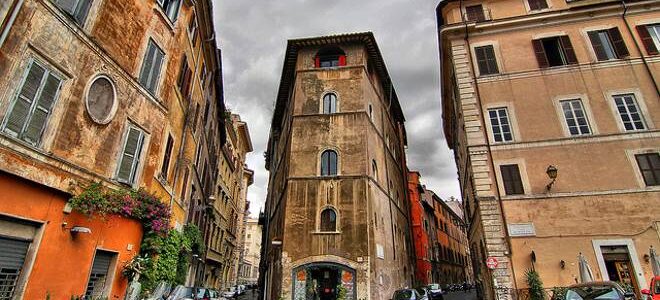
The Relocation project has analyzed and created a brief overview of the state of the office real estate market in Rome in the first half of 2025. Rome, while remaining the administrative and cultural center of Italy, is gradually strengthening its position as a business hub. However, the office real estate market here is traditionally different from Milan, the country’s main financial center: investor and tenant activity is lower, and the supply of modern offices is limited.
In the first half of 2025, the average rental rate for Class A offices in central Rome (EUR, Prati, and the historic center) was €31–34 per square meter per month, approximately 2% higher than last year.
Outside the center, in the Tiburtina, San Giovanni, and GRA areas, rates remain at €18–24 per square meter.
According to Cushman & Wakefield consultants, demand is primarily driven by government agencies, diplomatic missions, and companies in the energy and services sectors, while demand from international IT companies in Rome is significantly lower than in Milan.
The average purchase price of office real estate in Rome in 2025 ranges from €3,600 to €4,200 per square meter in central areas, while in the suburbs (EUR periphery, Aurelio, Appia Nuova), prices range from €2,000 to €2,600 per sq. m.
Investors are cautious: according to BNP Paribas Real Estate, investment in Rome’s office segment in the first six months of 2025 amounted to around €730 million, 8% less than a year earlier. The reason is a lack of new projects and high competition for quality properties.
Analysts at JLL Italy note that there is still strong interest in properties with improved energy efficiency in Rome: in 2025, almost 40% of transactions involved buildings with environmental certification. However, the supply of such offices is extremely limited.
CBRE Italy emphasizes that a significant portion of Rome’s offices are in need of modernization, which is holding back price growth. Interest in renovating old administrative buildings into modern offices remains, but the process is slower than in Milan.
In the second half of 2025, a moderate increase in rental rates is expected in the premium segment (up to +2-3%), especially in the EUR district, where large business centers and government agencies are concentrated. According to Knight Frank’s forecasts, sales prices will remain relatively stable, with possible growth in central areas due to a shortage of high-quality properties.
The medium-term outlook for Rome is linked to the development of redevelopment projects and growing interest in flexible office spaces. However, according to experts, the Italian capital will lag behind Milan in terms of growth in the coming years, with Milan remaining the main driver of the country’s office market.